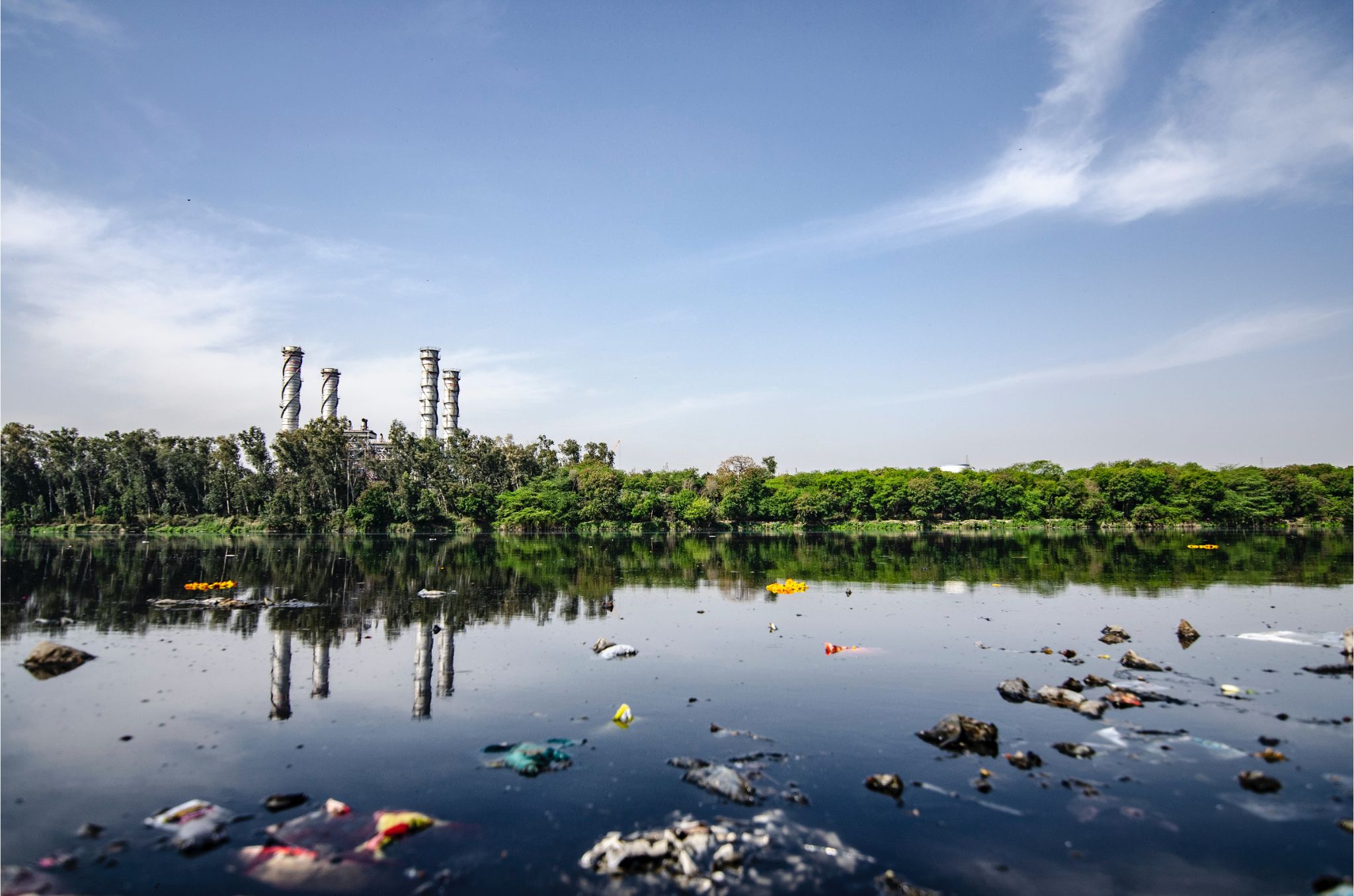Polluting industries in the world and Benefits of photocatalytic degradation
A large amount of water is required to produce textiles, and this water is often contaminated with dyes and other chemicals. When this water is released into the environment, it can cause serious pollution problems. One way to help reduce the pollution caused by the textile industry is to use photocatalytic degradation to break down the dyes in effluent water. Photocatalytic degradation is a process where light is used to break down organic compounds into simpler molecules.
Process of Polluting Industrial Waste
This process can be used to break down dyes in water, making them less harmful to the environment. There are a few different ways to do photocatalytic degradation, but one of the most common is to use titanium dioxide. Titanium dioxide is a white powder that is often used as a pigment in paint and cosmetics. It is also very good at absorbing light, making it ideal for photocatalytic degradation.
To use photocatalytic degradation to break down dyes, the titanium dioxide is mixed with the effluent water. The mixture is then exposed to light, typically from the sun. The light reacts with the titanium dioxide, causing a chemical reaction that breaks down the organic compounds in the water. The photocatalytic degradation process is not perfect, and it is not able to break down all types of dyes. However, it is a promising technology that can help to reduce the pollution caused by the textile industry. Degradation of Dyes By Photo Degradation Effluent
The degradation of dyes by photodegradation effluent (PDE) is an important process in the wastewater treatment process. It is a result of the action of sunlight on the dye molecule. The photodegradation process is a two-step process. In the first step, the dye is irradiated with short-wavelength light, such as blue or violet light. This breaks the bonds between the dye molecules and causes them to lose their color. In the second step, the dye molecules react with other chemicals in the wastewater, such as oxygen and nitrogen, to form new compounds. These new compounds can also cause the dye to lose its color.
Degradation of Dyes By Photo Degradation Effluent
The photodegradation of dyes in effluent is a problem that has been plaguing the textile industry for some time. Dyes are often used in textile manufacturing to give the fabric its color. However, when these dyes are released into the environment, they can cause serious water pollution. Photodegradation is a process by which sunlight breaks down organic compounds into simpler, less harmful substances. While this process can occur naturally, it can also be accelerated by the presence of certain chemicals, such as those found in dyes.
When dyes are released into the environment, they can be broken down by photodegradation into harmful substances, such as carcinogens. This can be a serious problem in areas where there is a lot of sunlight, as the photodegradation process can occur very quickly. There are several ways to prevent or reduce the photodegradation of dyes in the effluent. One way is to use dyes that are less likely to be broken down by photodegradation.
Another way is to treat effluent before it is released into the environment, using methods such as activated carbon adsorption or reverse osmosis. The best way to prevent the photodegradation of dyes in the effluent is to avoid using them in the first place. If possible, use alternative methods of coloring fabric, such as natural dyes or pigments. If you must use synthetic dyes, be sure to dispose of them properly so they don’t end up in the environment.
The Importance of Photo Degradation Effluent
Photodegradation effluent is a process by which light energy is used to break down organic matter into simpler, more manageable compounds. This process is often used to treat wastewater, as it can effectively remove a wide range of contaminants. There are several benefits to using photodegradation effluent. One of the most significant is that it is a relatively clean and safe way to treat wastewater. In many cases, it is also more effective than other methods, such as chemical treatment.
Another benefit of photodegradation effluent is that it can be used to treat a wide range of contaminants. This includes both organic and inorganic compounds. In addition, it can be used to treat a variety of different wastewater types, including sewage, industrial wastewater, and agricultural wastewater.
Finally, photodegradation effluent is a relatively affordable option for wastewater treatment. In many cases, it is less expensive than other methods, such as chemical treatment. If you are considering using photodegradation effluent to treat your wastewater, it is important to work with a reputable company that has experience in this field. A qualified company will be able to assess your specific needs and recommend the best course of action for your particular situation.
The Process of Photo Degradation Effluent
When it comes to the degradation of dyes, photo-degradation effluent is one of the most effective means of breaking them down. This is because the process of photodegradation involves the use of light to break down the chemical bonds that hold the dye molecules together. The first step in the photodegradation process is to expose the dye to light. This can be done using either natural sunlight or artificial light sources. The light breaks down the chemical bonds that hold the dye molecules together, causing them to break apart into smaller fragments.
The next step is to remove the broken-down dye molecules from the solution. This can be done using a variety of methods, such as filtration or centrifugation. Once the molecules have been removed, the solution can be further treated to remove any remaining traces of the dye. The photodegradation process is an effective way to break down dyes and other pollutants. It is important to note, however, that the process is not 100% effective and some of the broken-down molecules may still be present in the final product.
The Benefits of Photo Degradation Effluent
Photo-degradation effluent is a process in which light is used to break down pollutants in water. This process can be used to remove a variety of pollutants, including dyes, from water. There are several benefits to using photo-degradation effluent to remove pollutants from water. First, this process is very effective at breaking down a variety of pollutants. Second, photo-degradation effluent is a relatively safe and environmentally friendly way to remove pollutants from water. Finally, this process is relatively inexpensive, making it a great option for water treatment.

Greetings! I’m thrilled to introduce myself as a dedicated blogger with a fervent passion for crafting meticulously researched and insightful blogs. My mission is to provide you, the readers, with a treasure trove of valuable information. Join me in this exciting adventure of discovery – Thanks






